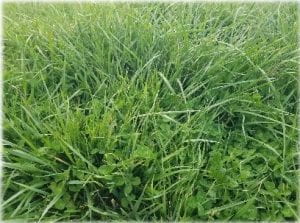– Jason Hartschuh, OSU Extension Field Specialist, Dairy Management and Precision Livestock

Something as seemingly harmless as insulation can be problematic.
As the number of straight-line wind and tornado events seems to be increasing so does the number of times that parts of nearby buildings end up spread out across our pastures and hay fields. This debris can cause significant health risks to grazing livestock, as well as animals fed harvested forages from these fields. Debris that is blown into pastures and hayfields quickly becomes hard to see as forages take off and grows in the spring. In pastures or stored hay, livestock often eat foreign materials that are present in the field either mixed in with the forage or just from curiosity. There is also a risk of livestock being injured from foreign materials entering the animal’s hooves or being tangled in the debris in a pasture. Each type of debris can cause slightly different challenges.
Large debris such as roofing, boards, and other debris scattered by the storm are the easiest to see and clean up. Once the large debris is no longer visible it is easy to move on to the next cleanup project, but the small stuff needs cleanup just as badly. Fiberglass insulation can be especially challenging as it can lead to blockages, bloat, and irritation of the digestive tract. Small amounts of fiberglass may create small cuts in the esophagus causing irritation when the animal eats even after the bite that contained fiberglass. It can also cause Continue reading






